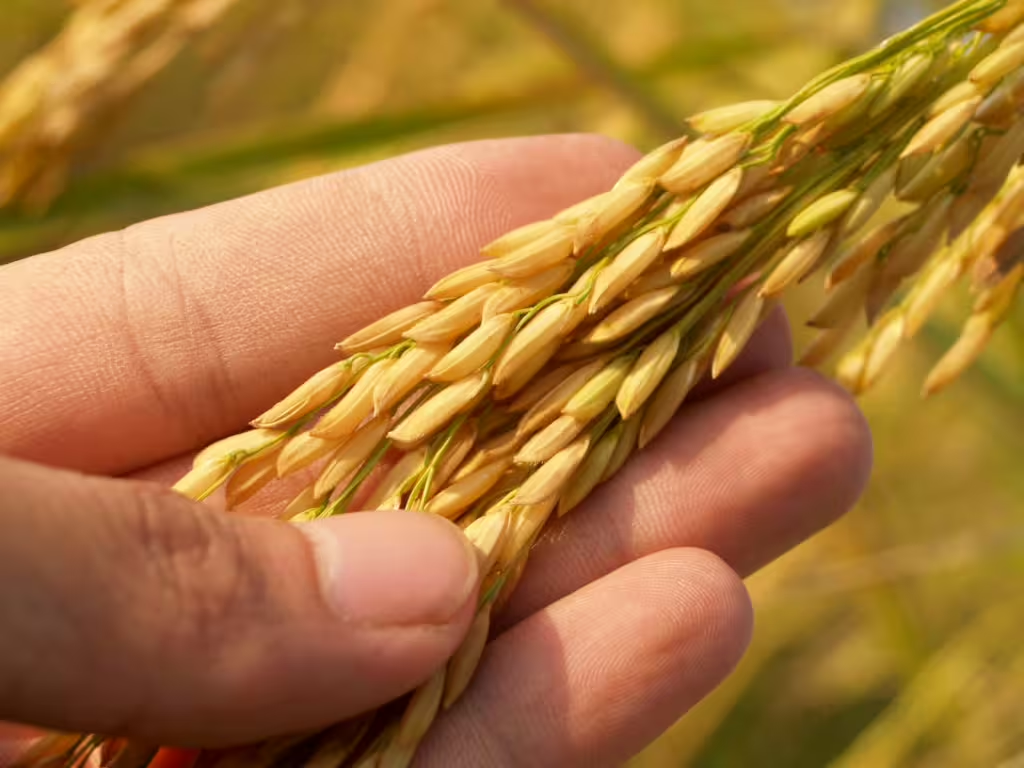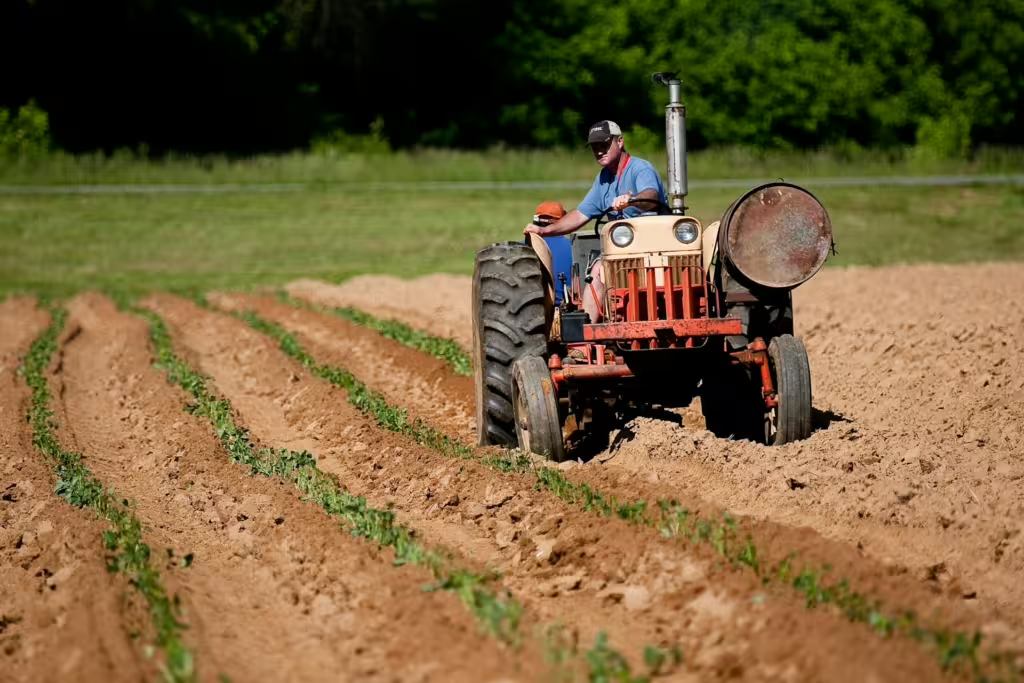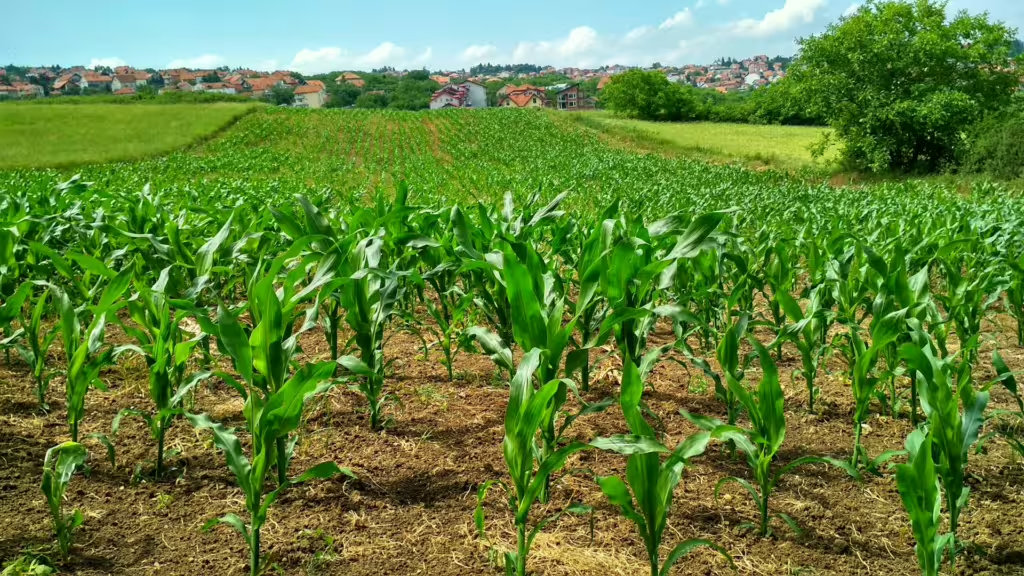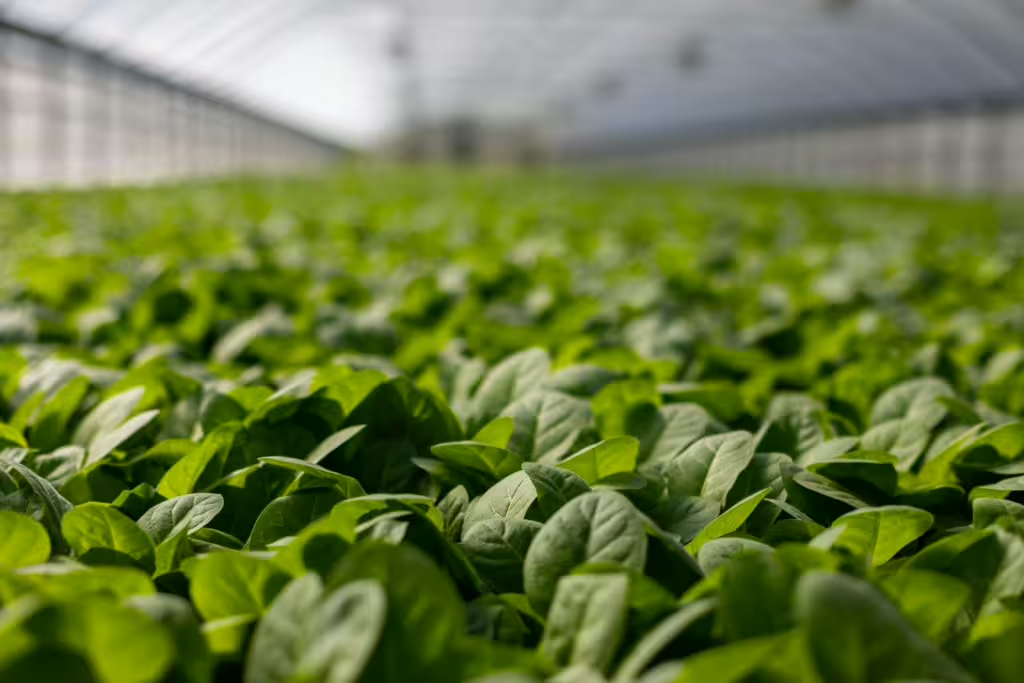It might seem unusual to speak about companion planting on this website, especially when agriculture seems to be the root of many of the. biggest problems for endangered species and ecosystems all over the planet. The thing is, humanity’s ancient agricultural practices are what defined us as a species, they are what allowed us to build civilization; and sure, maybe we overdid it a little…but there would be no understanding of the natural world, of the inner workings of Earth’s plantlife, without humanity.
While we won’t be discussing agriculture altogether in this entry, we are going to speak about a specific type of farming that has a great deal to do with the natural inclinations of some plant species to work together with those nearby. Companion planting is where specific plant species are grown together to mutually benefit one another. We mention it, because unlike modern farming methods which are generally considered destructive, this is a natural farming technique is based on the understanding that plants do not grow in isolation.
What this means is that, in nature, plants interact with each other and their environment all the time; in ways that can either enhance or hinder their growth. By understanding these plant relationships, farmers, gardeners, and scientists have been able to create more sustainable, productive, and eco-friendly agricultural systems. And that is why we have chosen to talk about it today!
In this article, we will explore the benefits of companion planting, from its vast ecological ones, to those can help a little closer to home. We will discuss how certain crops work together, and the science behind these relationships. Finally, we will provide practical gardening tips to help home horticulturalists incorporate companion planting into your own backyard or farm.
The Basics of Companion Planting
When we speak about companion planting, we’re talking about the physical act itself, the farming of it. The concept, however, is based on the idea that some plants can help others thrive by attracting beneficial insects, repelling pests, providing nutrients, or offering physical support. In this way, companion planting circumvents the modern “necessity” for chemicals, pesticides, and gene-alteration often used by industrial farming concerns.
It’s a fairly easy concept to grab a hold of. Certain plants are negatively impacted by nearby species due to competition for sunlight, water, or nutrients, while other plant pairings can be synergistic, creating a mutually beneficial environment that promotes growth. Companion planting has been practiced for centuries by indigenous cultures and well into the modern day by traditional farmers, but the sheer volume of food grown by the somewhat monolithic agricultural industry, has made it hard for them to adopt. That said, even that massive farming concern is beginning to reawaken to the potential of companion planting.
There are several ways plants can help each other:
Pest Control: Certain plants are able to repel harmful insects or attract beneficial ones that prey on pests, benefitting every plant in the field in some way.
Soil Enhancement: There are even plants with the ability to fix nitrogen in the soil, enriching it for other plants that may require more nutrients to grow.
Shade or Shelter: Taller plants often provide shade or shelter for smaller, more delicate plants that require protection from harsh weather. This has become even more pertinent in recent years, as the perils of extra sun, heat, and erratic weather are more and more common thanks to climate change.
Root Support and Growth: Certain plants have root structures that can complement one other, improving soil aeration or preventing erosion simply by growing nearby.

The Science Behind Companion Planting
Though it has been utilized for centuries, there is nothing supernatural about companion planting. This method is firmly rooted in scientific principles and has given modern botanists rare insight into plant biology and the ways in which plants communicate with each other and with other organisms like fungi. Regardless of the newfound scientific reasoning behind the principles, the method itself has allowed farmers and gardeners to make informed choices about plant pairings since time immemorial. There are several mechanisms through which plants interact and benefit each other:
Allelopathy
Some plants release chemicals into the soil or air that inhibit the growth of surrounding plants. Think of it as a chemical stop sign, like a wolf marking its territory against other packs or alphas. This chemical spray is a defense mechanism against unwanted competition, but it is not the only signal that plants can release via chemicals. Indeed, many plants release beneficial compounds that actually enhance the growth of other plants rather than retard it. This interaction is known as allelopathy.
Black walnut trees, for example, produce a chemical called juglone, which can prevent the growth of many plants nearby. However, there are plenty of hardy plants out there, such as garlic or onions, which can tolerate or even thrive in these conditions. These types of plants have a natural resistance to juglone. Sage works in a similar way and can help keep pests away from nearby carrots thanks to its chemical release, while not inhibiting the carrots’ growth.
Nitrogen Fixation
Legumes, such as beans, peas, and even weeds like clover, have a symbiotic relationship with nitrogen-fixing bacteria in the soil. These bacteria, which can be housed in nodules on the roots of plants those aforementioned plants, convert nitrogen in the atmosphere into a form that the plants can actually use to fuel their growth. At the same time, this unique process enriches the soil and makes nitrogen available for other nearby plants, thereby benefiting a variety of crops that need nitrogen for healthy growth.
This is why the Farmers’ Almanac and even Native Americans, have always advocated planting beans alongside corn. This symbiosis can enhance the growth of both crops, as the beans fix nitrogen that benefits the corn, and the strong corn provides support for the bean vines to climb.
Physical Barriers and Shelter
As we mentioned earlier, hardier plants often act as physical barriers to protect other plants from harsh environmental conditions. Taller plants like corn can provide shelter to more delicate crops, such as lettuce or spinach, as they shield these fragile, leafy greens them from both strong winds and the scorching midday sun.
Companion Planting in Human Agriculture: Beneficial Pairings
In modern agriculture, even in some of the largest farming concerns in the world, companion planting has been used to enhance productivity, reduce the need for chemical pesticides, and improve soil health; the latter of which being a growing problem thanks to the rise of monoculture farming. By strategically pairing crops that benefit each other, today’s farmers have found ways to create more sustainable and diverse farming systems. Below, we will explore some of the most well-known and effective of these perfect plant pairings!
Tomatoes and Basil

If you’ve ever had your own family garden, then you know that tomatoes are kind of a staple crop. Unfortunately, you probably also know that they tend to be prone to a number of pests and diseases. This is why many farmers and home gardeners alike, plant basil in their tomato beds. Basil, that spicy herb so many of us know and love, can be used to repel aphids, whiteflies, and mosquitoes, which are common threats to tomato plants. Interestingly enough, basil doesn’t just act as a natural pest repellent, it also enhances the flavor of nearby tomatoes! Additionally, the two plants share similar growing conditions, making them an excellent pairing for gardeners looking to improve their overall yield and flavor.
Corn, Beans, and Squash: The Three Sisters
We mentioned this earlier, but one of the most famous examples of companion planting comes from Native American agriculture. They called it the Three Sisters—corn, beans, and squash—three crops that are usually grown together in a mutually beneficial arrangement. First, the corn acts as a natural support structure for the beans to climb. In the mean time, beneficial bacteria in the beans fixes the nitrogen in the soil, enriching it for the other plants. Finally, the squash, the third sister in this tale, grows on the ground, acting as a living mulch, shading the soil and keeping it cool while suppressing weeds that might affect the other two.
Carrots and Onions
Many farmers actually plant carrots and onions together due to the fact that one often are often serves as a natural pest deterrents for the another. Carrot flies might be overly fond of scent of carrots, but they do not like the smell of onions at all. In the same way, onion flies are repelled by the aroma of carrots, helping to protect both crops. These plants have additional benefits for one another that lies in the root structure. The roots of both these plants do not compete much for space, even though the vegetables of both grow underground. This is due to the fact that carrots grow deep in the soil and onions have shallower roots. This makes these plants ideal for both small gardens and large farming concerns.
Lettuce and Radishes
Lettuce is a fast-growing, cool-season crop but can grow even better when planted next to radishes, which help to break up compacted soil, improving aeration and root development for both veggies. Additionally, radishes grow quite quickly, allowing gardeners to harvest them before they end up competing too much with the slower-growing lettuce. At the same time, radish leaves also act as a natural pest deterrent, reducing the likelihood of damage from aphids and other common garden pests.
Cucumbers and Sunflowers
Cucumbers and sunflowers might seem like strange garden bedfellows, but the concept behind this partnership is similar to that of the Native American Three Sisters style of planting. These plants have complementary growth habits and sunflowers often provide shade and shelter for the more delicate cucumber vines. Meanwhile, the tall sunflowers also attract beneficial insects, such as bees and ladybugs, which help pollinate the cucumbers and control pests like aphids. These plants also benefit from the fact that they do not have competing root systems.
Gardening Tips for Companion Planting
Incorporating companion planting into one’s home garden or farming practices can significantly enhance your gardening experience. Not only can these tips amp up productivity and reduce the need for chemical inputs, they can make your yields that much better year after year,
1. Plan Your Garden Layout

When using companion planting, it’s important to carefully plan the layout of one’s garden beforehand. Consider the height, spread, and root depth of each plant you intend to place in the garden. Ensure that taller plants do not shade out shorter ones, entirely, but that if they do, it is the plants that prefer it. Also, consider planting crops with similar water and nutrient needs.
Rotate Crops
Crop rotation is another essential practice in sustainable farming. By rotating plants each season, farmers can reduce the buildup of pests and diseases, while avoiding any potential depletion soil nutrients.
Focus on Soil Health
Healthy soil is the very foundation of successful farming and it is especially important when utilizing companion planting techniques. In order to keep soil healthy, utilize organic mulches, compost, and cover crop. These will help to improve soil structure across seasons, as well as retain moisture, and enhance nutrient availability.
Pest Control
Companion planting prevents the need to use any sort of modern pest control chemicals or fertilizers. By knowing which plants repel which insects, you can effectively design your beds to keep themselves safe from vermin or interlopers. Marigolds, for example, help keep pests away from garden beds, and don’t take up a lot of root space or room.
True Investigator Says…
As you can see, companion planting offers farmers and home gardeners a powerful, eco-friendly solution to the challenges that are constantly facing modern agriculture. Our continued understanding of companion farming has and will continue to enhance our sustainability as a species. Understanding these companion plant relationships allow us to create more productive ecosystems without the need for synthetic pesticides, harsh chemicals, and fertilizers. The practice of companion planting not only promotes plant health and biodiversity, it supports a holistic approach to farming that emphasizes harmony with nature; something out species so desperately needs.
Discover more from TrueInvestigator
Subscribe to get the latest posts sent to your email.


